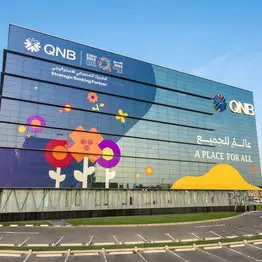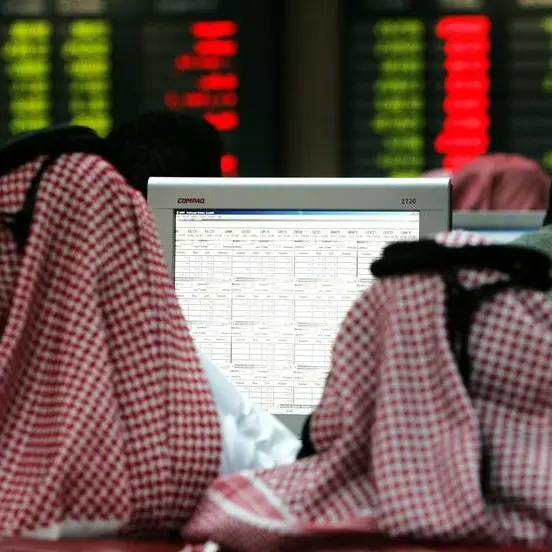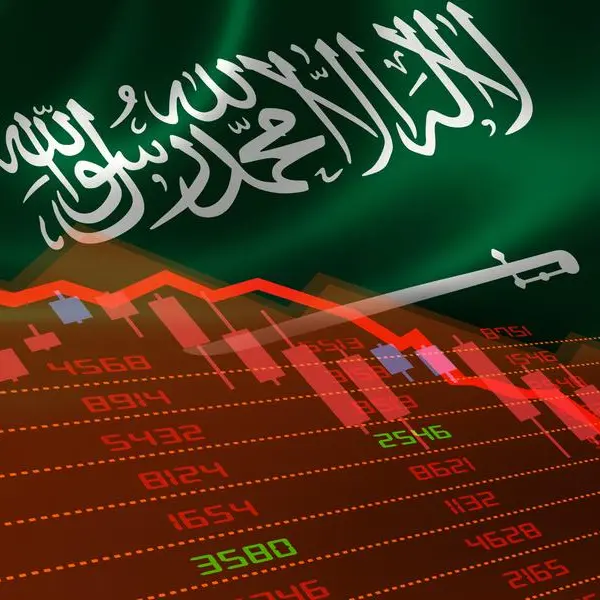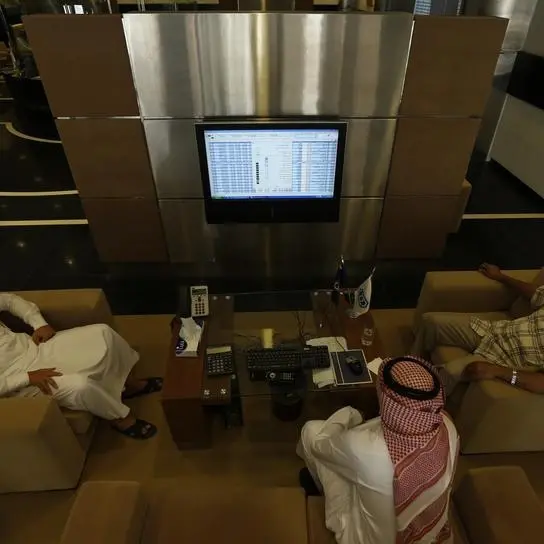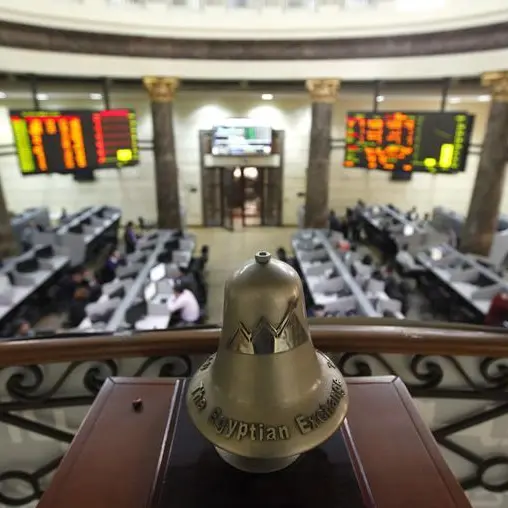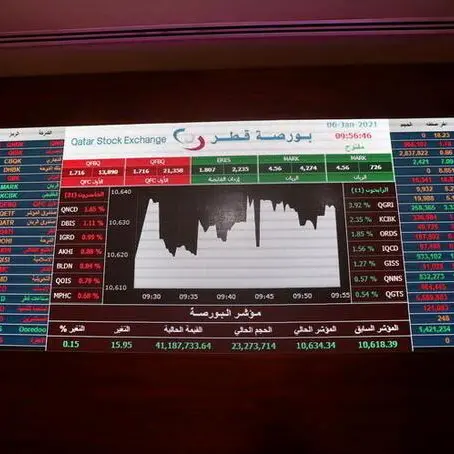Welcome to Zawya Markets. Each Sunday we will be featuring an interview with a different analyst or markets expert from around the region.
If you would like to participate please email gerard.aoun@refinitiv.com.
1) What are the biggest risk factors both for GCC markets and global markets in the coming weeks?
The biggest risk factors for the GCC markets include rising interest rates, especially for markets like Oman and Bahrain. Additionally, geopolitical factors remain a key risk for some countries within the GCC. The escalating trade war between the U.S. and China remains the most significant risk for global markets. Strengthening dollar together with rising Fed funds policy rate is another risk.
2) What's your view on oil prices?
Generally, we don’t see oil sustaining a rally above $70-80/per barrel. The higher the oil prices go the more shale oil comes into the market which increases the supply and puts brakes on the price. Along with that, the U.S. recently allowed some select countries to continue to trade with Iran despite sanctions being in place, such actions in our opinion would not let oil price sustain above $80 / bbl. On the other hand, we also believe that $70-80/bbl of oil price is a sustainable level not only for oil producing countries but for oil importing countries as well.
3) How have Q3 earnings been so far across the region?
Third quarter earnings were better than expected and almost all markets within the GCC reported gains. However, except Saudi, no noticeable trading or price reaction to the positive earnings surprise was witnessed.
4) If you were to pick one regional sector that you think will outperform over the next six months, which one would it be (and why)?
We believe with expectation of Fed rate hike in 2018/19 and their subsequent increase by GCC because of USD pegs, we are positive on the banking sector of the region. Many banks within the region are undergoing M&A [mergers and acquisitions] as well which would result in bigger, stable and more profitable banks compared to before. Many banks have become more prudent in their approach and their cost to income ratios have declined as well. Central Banks within the region are also giving them significant support in terms of relaxation of some regulations too.
5) If you were to pick one regional stock that you think will outperform over the next six months, which one would it be (and why)?
NBK remains our top pick in the GCC as the bank is well positioned to benefit from the higher interest rates given its low cost of funds and low cost to income ratio. The bank has the highest weightage in FTSE related inclusion from Kuwait and would potentially be the same if MSCI materialises.
6) To which markets do you expect to increase your equity allocation over the next three months?
We are positive on Saudi Arabia and Kuwait primarily because of index inclusion theme for the next year. Kuwait remains economically very strong with lowest fiscal and external breakeven oil price within the region. The Kuwaiti market continues to be buoyed by index inclusion with the country currently being included in the FTSE EM All Cap index, in addition, the country was also added to MSCI’s watch list for a potential upgrade in June 2019. The Saudi market has only seen approximately $1.5 billion of foreign inflows year to date because of a heavy sell-off in the month of October. We continue to expect significant passive inflows from MSCI and FTSE inclusion during 2019/1Q20. Norway’s Sovereign Wealth Fund (SWF) also recently announced that it would double its allocation to Saudi.
7) What is your view for the Saudi cement sector?
In view of the high level of clinker inventory which is able to produce 1.4 times of the first nine month of 2018 cement production, stiff competition, lower demand in Southern region due to geopolitical tensions and lower realization, we expect Saudi cement sector to remain under pressure from the coming year at least. Moving forward, the upcoming megaprojects like NEOM and recovery of export segment shall help the sector to pick up. Data of the listed cement companies showed that their cement exports during the first nine months of 2018 amounted to 672k tons and clinker 2.075m tons. Statistics and the Ministry of Commerce indicate that the value of these exports amounted to about SAR 400mn [$106 million]. Cement exports alone accounted for 2.2 percent of the total domestic cement sales. Moreover, considering the Saudi 2019 budget which shows that the country intends to spend $295bn, up by 7 percent year-on-year, we expect increasing capital spending to be a key driver for cement demand.
8) What is your view for Omani banks?
Oman banks’ nine month 2018 results show that banks have been able to grow their operating income. This confirms our belief that as interest rates rise, the banks will be able to improve their interest income. However, the increase is not phenomenally large due to cost of funding rising at the same time. But banks have been tapping the wholesale markets for funding and may have already locked in funding at better rates for the short to medium term. Additionally, most banks have raised funds through Tier 1 perpetual notes as well. However, we have seen other operating income growth of some banks to be lackluster, which might have weighed down total operating income growth. Net profit of all banks combined has risen by 13 percent year-on-year due in part to declines in impairment charges and improvements in efficiency metrics. The positive development that we have seen is in the loans and Islamic financing growth at 7.2 percent year-on-year for the sector. Customer deposits have also grown albeit slower than loans. This points to some recovery in the overall macroeconomic scenario, with credit growth picking up. We remain positive on some banks which have shown improvement in efficiencies, have strong capital adequacy levels, and have shown improvement in NIMs leading to expanding net interest income.
9)What is your view for the Omani insurance sector?
Oman’s insurance market has ample space to grow in coming years as the sultanate still has much lower insurance penetration compared to global average. The metrics for the insurance sector show that Oman is relatively under-insured and as such there is great scope for the growth of the sector. Insurance penetration – the ratio of insurance premiums to the GDP – was about 1.6 percent, which is comparable to that of GCC countries but remains much lower than the global average of 6.5 percent. Recent mandatory health insurance for private sector will also bring in additional million customers to their fold as well.
10) What is your view for the Omani cement sector?
Omani cement sector faces multiple challenges including but not limited to increasing competition, slow growth in demand and higher costs. Both Oman Cement and Raysut Cement are implementing new pricing strategy aiming to boost volumes. Raysut Cement in our view has more flexible business model in addition to its ability to sell clinker. We expect better outlook towards the end of the current year and onwards considering the ongoing exploring of new markets and cost control initiatives. We still believe that Raysut Cement will benefit from Cyclone Mekunu related damage in the Dhofar region. In case of Oman Cement, we believe that the company initiatives towards upgrading the power plant will support (in the medium term) the operating margins especially in soften fuel and gas expenses.
Any opinions expressed here are the author’s own.
If you would like to participate in the Zawya Markets Weekly Q&A please email gerard.aoun@thomsonreuters.com.
Our Standards: The Thomson Reuters Trust Principles
Disclaimer: This article is provided for informational purposes only. The content does not provide tax, legal or investment advice or opinion regarding the suitability, value or profitability of any particular security, portfolio or investment strategy. Read our full disclaimer policy here.
© Opinion 2018


